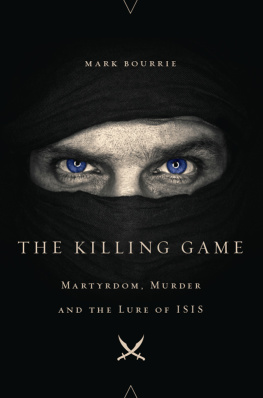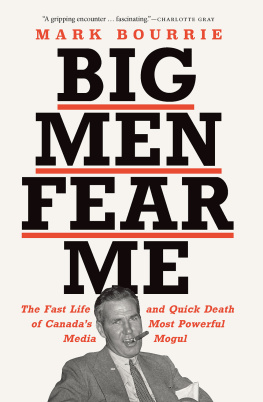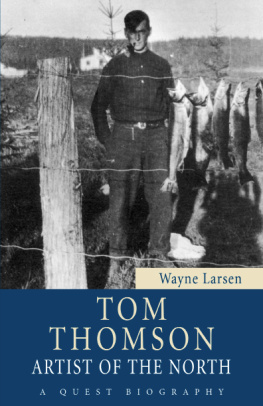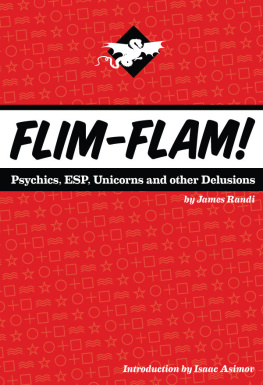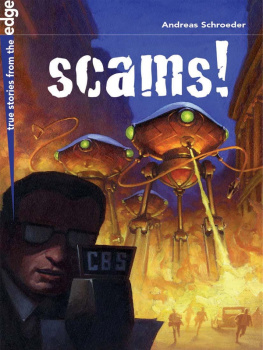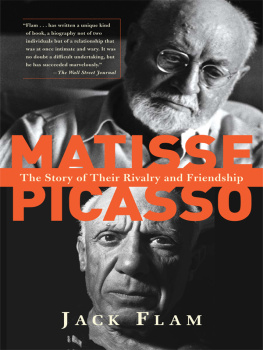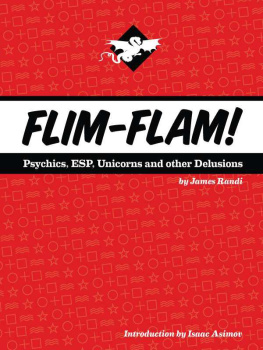Copyright Mark Bourrie 1998
All rights reserved. No part of this publication may be reproduced, stored in a retrieval system, or transmitted in any form or by any means, electronic, mechanical, photocopying, recording, or otherwise (except for brief passages for purposes of review) without the prior permission of Dundurn Press. Permission to photocopy should be requested from the Canadian Reprography Collective.
Hounslow Press
A Member of the Dundurn Group
Editor: Kathy Lim
Design: Scott Reid
Printer: Transcontinental Printing Inc.
Canadian Cataloguing in Publication Data
Bourrie, Mark, 1957
Flim flam: Canadas greatest frauds, scams, and con artists
ISBN 0-88882-201-4
1. Fraud Canada. 2. Swindlers and swindling Canada. I. Title
HV6699.C3B68 1998 364.1630971 C98-931584-3
1 2 3 4 5 02 01 00 99 98
We acknowledge the support of the Canada Council for the Arts for our publishing program. We also acknowledge the support of the Ontario Arts Council and the Book Publishing Industry Development Program of the Department of Canadian Heritage.
Care has been taken to trace the ownership of copyright material used in this book. The author and the publisher welcome any information enabling them to rectify any references or credit in subsequent editions.
Printed and bound in Canada.
Printed on recycled paper.
Hounslow Press
8 Market Street
Suite 200
Toronto, Ontario, Canada
M5E 1M6
Hounslow Press
73 Lime Walk
Headington, Oxford,
England
OX3 7AD
Hounslow Press
2250 Military Road
Tonawanda NY
U.S.A. 14150
INTRODUCTION
Its a bit of a stretch, but not much of one, to say that Canada was created by crooks and scammers. In the early 1600s, when French traders left the St. Lawrence Valley for the country of the Algonquians and the Hurons, they carried with them second-rate trinkets to use to fleece the natives of their furs. They traded cheap glass beads rejects and seconds from the factories of Venice that were flat on one side, oddly shaped, or chipped. The guns they sold were so shoddy that they couldnt hit objects more than a few metres away, and they often misfired, blew up, or broke down. The blades of their cast-iron axes broke off, and their wrought-iron axes, hammered on blacksmiths forges, had seams running to the tips of blades which often peeled like bananas, or, when they didnt break, couldnt hold an edge.
The administrators of the fur trade had a virtual lock on power in the colony. Anyone who challenged their power by going into business for oneself was quickly ruined. When Radisson and Grosilliers headed into the wilderness in an entrepreneurial search for new fur sources, they were financially ruined by the monopolists who ran New France; in a simmering rage, the two took their secrets to the British, who profited quite well by forming the Hudsons Bay Company.
Crookedness extended into the government of New France, especially in the pivotal years of the Seven Years War, from 1756 to the fall of Quebec in 1760. Franois Bigot, the intendant (a type of colonial chief administrator), organized a clique of war profiteers who bled the colony during the darkest times of the conflict. Bigot had help from both Joseph Descheneaux, a clerk who had been raised in the colony and knew how to claw the most out of its inhabitants, and from Joseph Cadet, a businessman who gained control of the wheat and flour market in Quebec. Bigot was able to simultaneously cheat the army out of a fortune and ruin most of the local business owners, whose wives he spent nights with when not engaged in thievery.
Early in the war, the wheat crop failed. Rather than pose a problem for Bigot, it turned out to be an opportunity. He was able to import grain into the Quebec City region, had control of the only grist mill that was licensed to grind it, and sold the bread in a store that he owned. The colonists, despite their rage, had no choice but to pay Bigot what he wanted.
Bigot had a branch operation in Montreal, but the city had its own clique of profiteers. While Bigot was grabbing control of the food supply, the Montreal coterie seized exclusive licences over the inland fur trade. They stole permits that had been granted to pensioned-off military officers and to widows, leaving them destitute. The Marquis de Montcalm, an honest soldier, had struggled against Bigot and his cronies, but failed to overcome their grip on the colony; their scams probably cost Montcalm victory in the war.
In the end, Bigot and his friends were shipped back to France, where a few were fined and spent time in jail. But the anger at the colonial regime took years to subside. In 1775, French rule could have been reestablished if the habitants had supported the American invasion of Quebec; the two American generals, Benedict Arnold and Richard Montgomery, were counting on an uprising, but the people of Quebec sided with the British, and Montgomery ended up dead for his efforts. The peasants of the colony, bristling at their treatment at the hands of the regime, had chosen to sit on their hands through most of the wars major engagements, and when Wolfes army took Quebec in 1759, and Jeffrey Amherst captured Montreal a year later, the few habitants who had fought alongside the regular army quickly drifted back to their farms, and embraced, or at least tolerated, British rule.
British administrators, by and large, refrained from direct looting of the treasury, but they developed a patronage system that was very beneficial to their friends. Once the original Native inhabitants of the countryside had been cleared away, scammers with connections to the political elite were able to get their hands on vast areas of land. After selling off the farmland, the fast-money men began milking the government for cash to build infrastructure. Some of the grants were for canals to nowhere that still breed mosquitoes in the Ottawa Valley and south of Lake Simcoe. Other tracts of land, along with cash and government bonds, went to the builders of railways. By the 1850s, railway builders had bled most of the municipalities of southern Ontario to build lines to places few people wanted to go to. Two decades later, after railroad companies had nudged four colonies of British North America into Confederation, the taxpayers of Canada could no longer handle the debt load built up by the railway entrepreneurs. Entire counties went bust, and Canada Bonds became a synonym for junk securities in the London money market.
And it didnt get much better as the country matured. Sir John A. Macdonald was driven out of office for taking bribes from the builders of the Canadian Pacific Railway. It says something about Canadian voters that, at the first opportunity, they put him back in office. By the end of the century, more white-elephant lines were built across the country, and by 1919, they would be merged into the Canadian National Railway, which would bilk taxpayers for another three quarters of a century.


